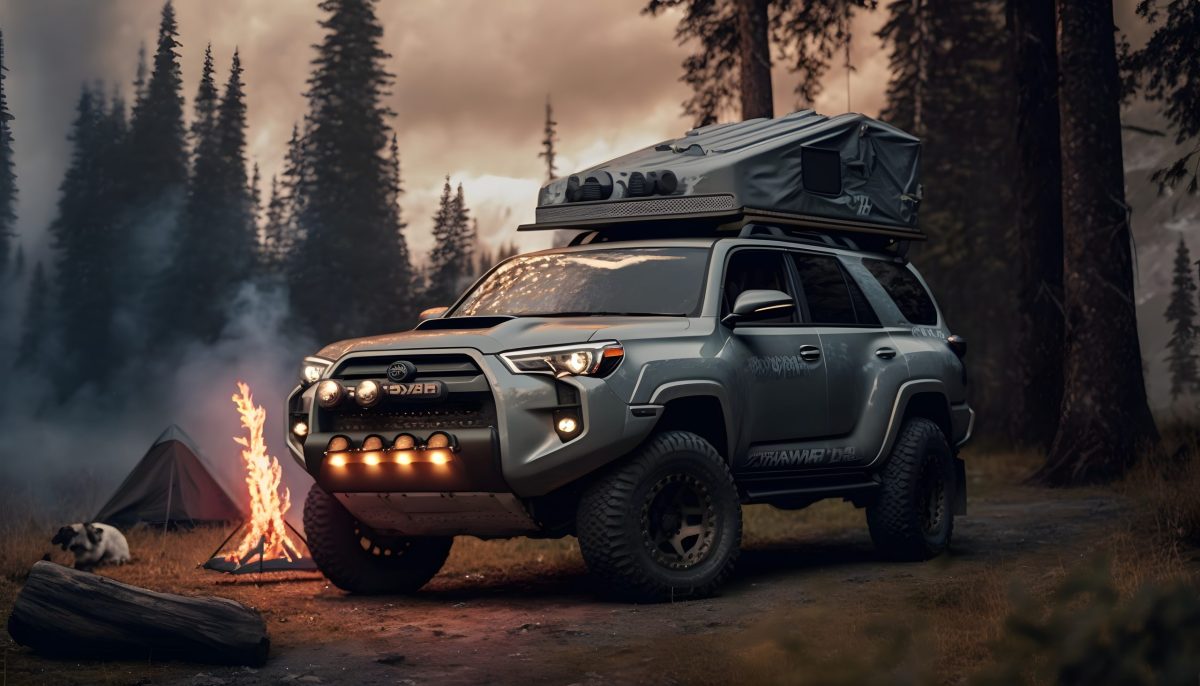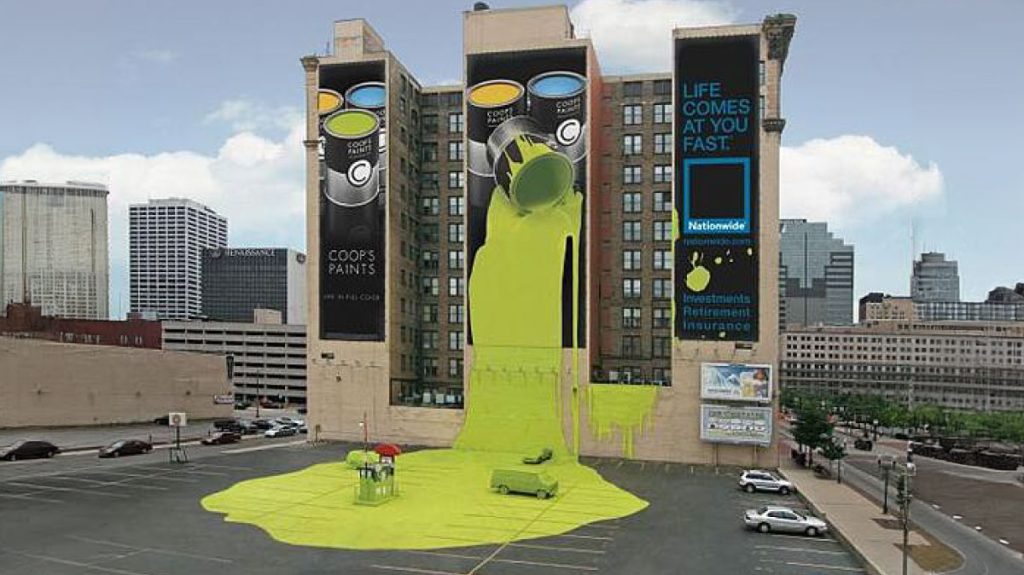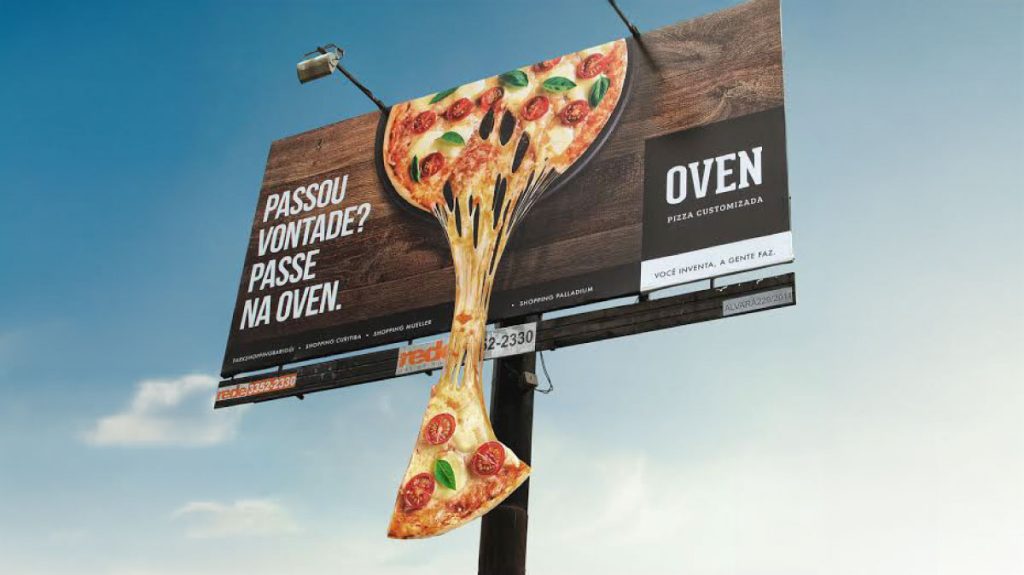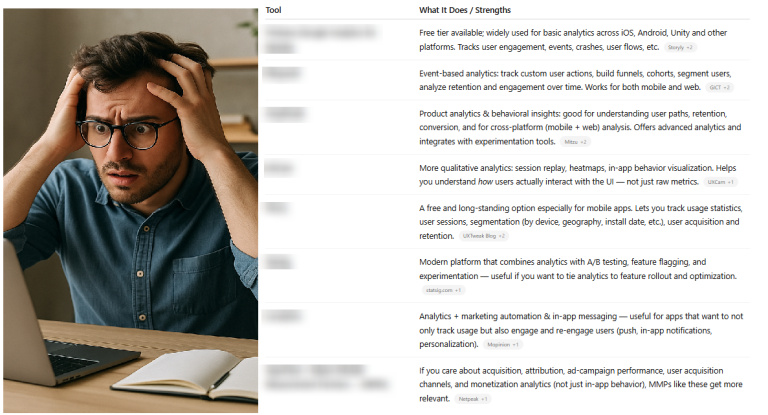Why Feature Statements Are Often Better

Let’s talk feats and bennies.
For years, we’ve heard (and often repeated):
👉 ‘Don’t sell the steak, sell the sizzle.’
👉 ‘People don’t want a 1/4″ drill bit, they want a 1/4″ hole.’
👉 ‘Sell the benefits not the features.’
👉 ‘Show, don’t tell.’
Something has always bothered me about all these well-intentioned phrases.
They kind of insult the intelligence of the consumer.
If you tell people the feature without the benefit, you now put the onus on the consumer to figure out how that can benefit them.
Thus, they arrive at the conclusion themselves, which can be more powerful than if you try to ‘sell’ it to them.
You don’t need to show me how your wet vac can wash the muddy paw prints off my hardwood floor.
You can just show me the different power modes, the easy-to-clean rollers, the sleek charging station, the battery life, the warranty, the attachments…
I’ll figure out what to do with it and whether or not I need / want it.
Audiences are smart enough to figure out the benefit to them based on a feature.
And often benefit statements are vague and generic. The consumer now has to work backward to unpack what you mean.
An example of a vague benefit statement may be: “Easily tackle spills and messes with one powerful machine, saving time and effort while keeping your home spotless in any situation.”
So wait, does this have both a wet and dry vacuum feature? Is that what you mean by spills and messes?
I’m sure there are plenty of examples where benefit statements are perfectly suitable, or superior to a feature statement, I just don’t like having it as a hard and fast rule.
‘Off-road capable’ is just fine. You don’t need to say. ‘Explore without limitations.’

What Brands Can Learn from Subcultures to Create Brand Loyalists
The importance of subcultures for youths cannot be overstated. These groups offer identity, belonging, and community—elements that are just as crucial for brands seeking to build loyal followings. By taking lessons from subcultures in authenticity, community building, and differentiation, brands can create lasting connections with their audiences.
Building brand loyalists isn’t just about selling a product—it’s about creating a sense of belonging and purpose. It’s about recognizing that in a world where conformity is often the norm, those who celebrate individuality and cultivate genuine communities will stand out. Just as subcultures provide a refuge for those seeking to find their tribe, brands that foster real connections will turn customers into loyal advocates who champion their message far and wide.
That sense of community could be the difference between a one-time transaction and a lifetime of loyalty.
- Related post: The T-Shirt Theory of Branding
- Related post: The Power of Branding: John’s Family Premium Organic Garlic
- Related post: Why You Don’t Want to Run a Business that Relies Solely on Ads


Continue reading: What’s the ROI of a Billboard








